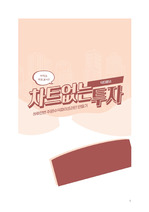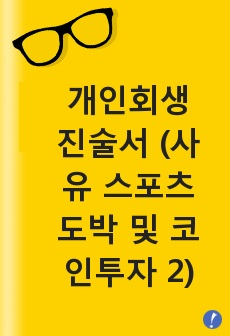* 본 문서는 배포용으로 복사 및 편집이 불가합니다.
서지정보
ㆍ발행기관 : 대한작업치료학회
ㆍ수록지정보 : 대한작업치료학회지 / 26권 / 1호
ㆍ저자명 : 한대성, 정민예, 김종배, 박지혁, 이향숙, 정원미
목차
국문초록
Ⅰ. 서 론
Ⅱ. 연구 방법
1. 가이드라인 개발을 위한 핵심 질문 선정
2. 자료 수집
3. 가이드라인 평가
4. 가이드라인 권고 통합
5. 추가 임상질문 해결을 위한 권고 개발
6. 가이드라인 완성
Ⅲ. 연구 결과
1. 자료수집을 통한 가이드라인 평가
2. 핵심질문에 따른 가이드라인 요약
3. 추가 임상 질문 해결을 위한 문헌 고찰
4. 가이드라인 완성
Ⅳ. 고 찰
Ⅴ. 결 론
References
Abstract
한국어 초록
목적 : 본 연구는 작업치료사가 적절한 평가와 중재의 방향을 설정할 수 있도록 작업치료 실행체계를 토대로 근거기반의 한국 치매 작업치료 가이드라인을 개발하고자 시행되었다. 연구방법 : 임상진료지침개발과 수용개작의 과정을 통하여 국외의 치매 작업치료 가이드라인 5개를 AGREE Ⅱ(Appraisal of Guidelines for Research & EvaluationⅡ)로 평가하여 1차 가이드라인을 구성하였으며, 국내 임상에 맞는 권고안을 도출하기 위하여 국내 58개의 작업치료 치매 관련 연구를 분석한 내용을 추가하여 최종 한국 치매 작업치료 가이드라인을 완성하였다. 결과 : 작업치료 실행체계를 기반으로 6개 영역 66항목으로 가이드라인이 구성되었다. 각 영역별로는 작업의 영역 14개 항목, 수행기술 31개 항목, 수행양상 3개 항목, 물리적 환경 6개 항목, 활동요건 5개 항목, 환자-보호자 영역 7개 항목으로 가이드라인이 도출되었다. 각 항목에는 권고 강도(A~D)가 부여되었으며, A 또는 B의 권고 강도로 나타난 항목은 42항목이었다. 일상생활활동 평가, 인지기능(기억력, 집중력, 지남력) 평가, 심리상태 평가, 보행과 균형 평가, 신체적 활동, 환경수정, 보호자 교육 및 상담 등에서 권고 강도가 높게 나타났다. 결론 : 본 연구의 한국 치매 작업치료 가이드라인은 다양한 환경에서 치매환자에게 평가와 중재를 제공하는 작업치료사에게 유용하게 활용될 것이며, 치매환자 관리에 있어 작업치료사의 역할을 명확히 하는 근거가 될 것이다.
영어 초록
Objective: The purpose of this study is to develop an evidence-based occupational therapy guideline for Alzheimer’s disease based on the Occupational Therapy Practice Framework in order for occupational therapists to choose appropriate evaluations and interventions and provide effective, economical, and professional services to patients with Alzheimer’s disease and their caregivers. Methods: 5 occupational therapy guidelines evaluated with the Appraisal of Guidelines for Research and Evaluation II (AGREE II) tool. In order to identify additional evidence on occupational therapy conducted in Korea, conduct a literature review and found 185 articles. Of these, 58 articles on occupational therapy evaluation and intervention were selected and analyzed. Results: The final guideline was completed by combining the first draft and the items obtained through additional literature review based on the Occupational Therapy Practice Framework. The items were combined into domains of area of occupation, performance skills, performance patterns, environment, activity demands, and caregivers. ADL, IDL, cognitive skill, behavioral management, training of physical function, physical environment, and care-giver domains had high recommendation grades (A). Conclusion: Studies with high levels of evidence have been conducted on various intervention methods, thereby confirming the effectiveness of occupational therapy. Moreover, this study suggest grades of recommendation in order for effective approaches to be taken in each domain.
참고 자료
없음
"대한작업치료학회지"의 다른 논문
더보기 (4/9)


















